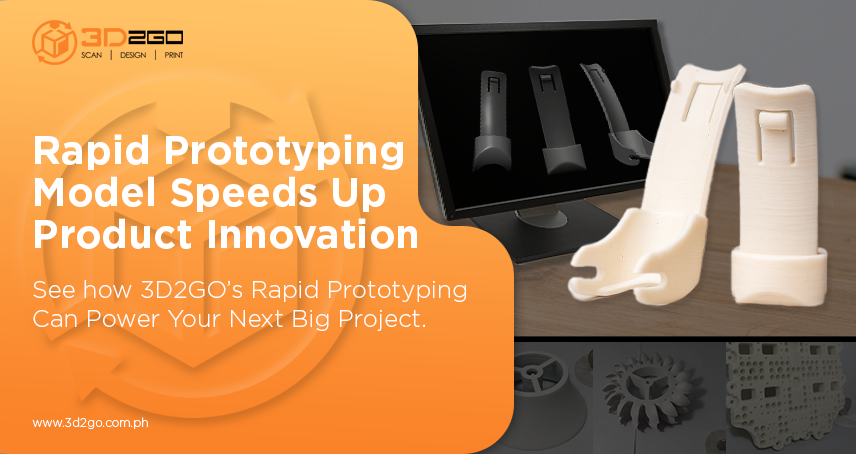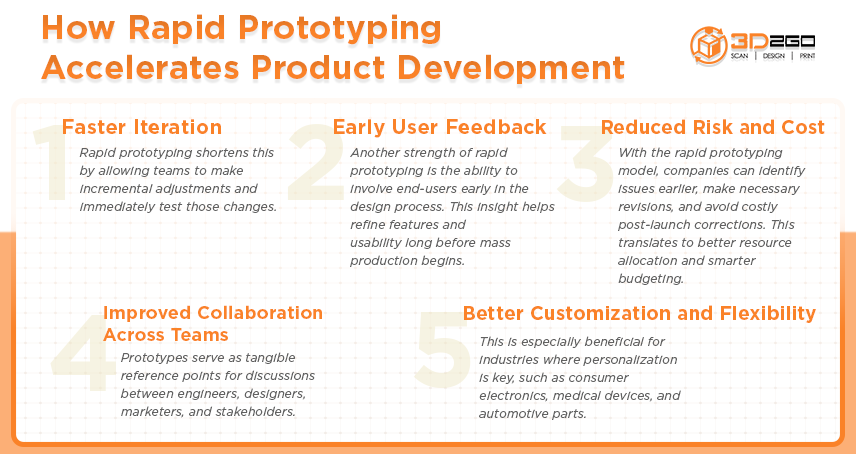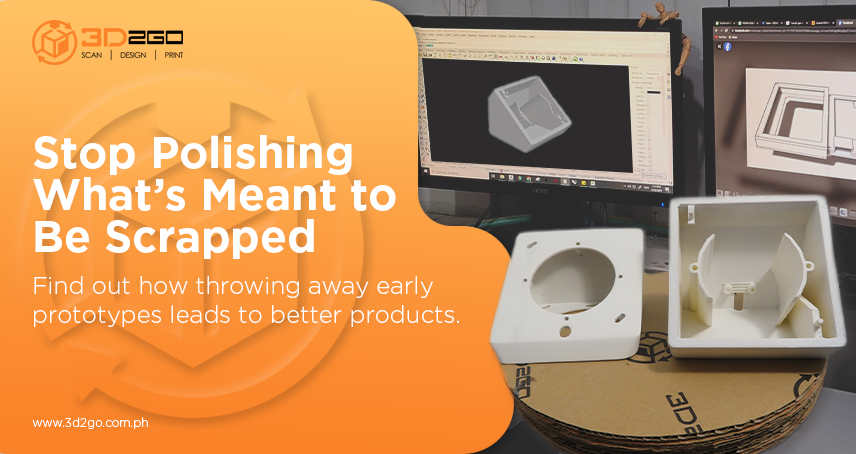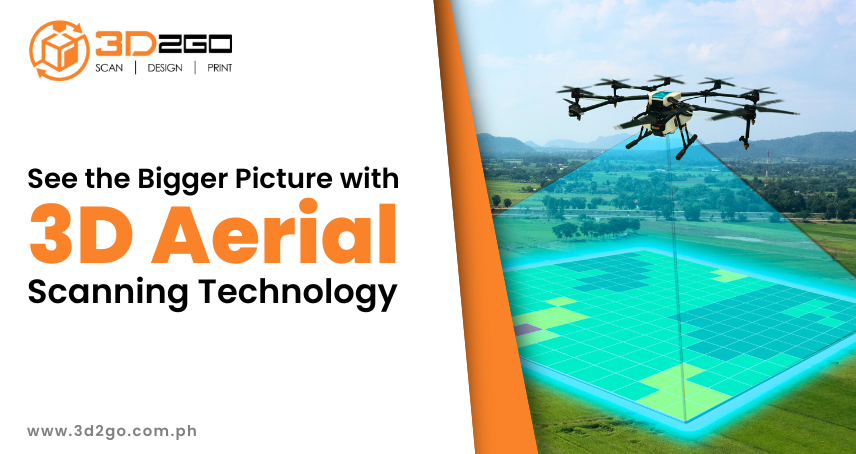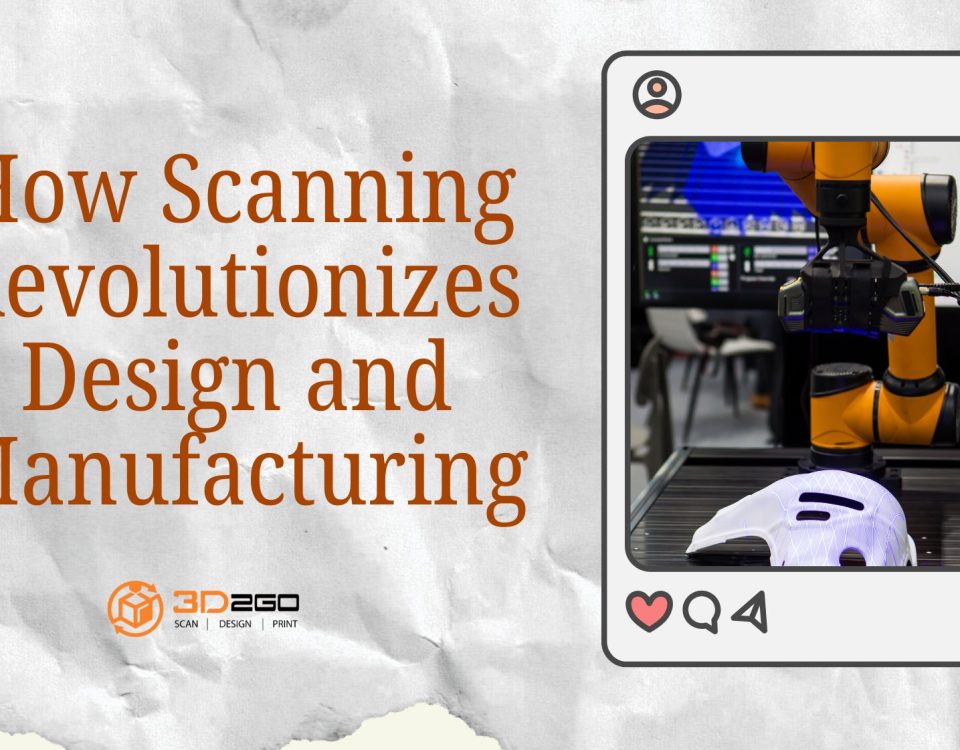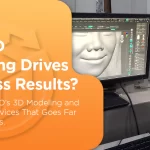
Beyond Design: How 3D Modeling Drives Business Results
July 7, 2025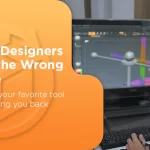
Struggling to Choose 3D Modeling Software? Here’s What You Need to Know
July 25, 2025In today’s fast-paced product development environment, speed and adaptability are crucial. Businesses that can test, iterate, and improve their products quickly hold a competitive edge. This is where the rapid prototyping model plays a transformative role. From startups to established manufacturers, rapid prototyping has become essential in reducing development time, managing costs, and delivering products that better meet user needs.
What is the Rapid Prototyping Model
The rapid prototyping model is a development approach that emphasizes quick fabrication of physical or digital models to visualize, test, and refine product concepts. These prototypes are often created using advanced technologies such as 3D printing, CNC machining, and digital simulations. The primary goal is to accelerate feedback loops, allowing for real-time improvements before full-scale production.
Instead of waiting months to see a functional product, rapid prototyping allows engineers, designers, and stakeholders to test out ideas in days or weeks. Whether it’s a simple design concept or a fully functional part, this method brings products to life much earlier in the development cycle.
How Rapid Prototyping Models Accelerate Product Development
- Faster Iterations. One of the key benefits of the rapid prototyping model is its ability to support fast and frequent design iterations. Traditional product development cycles can be lengthy, especially when modifications are needed late in the process. Rapid prototyping shortens this by allowing teams to make incremental adjustments and immediately test those changes.
- Early User Feedback. Another strength of rapid prototyping is the ability to involve end-users early in the design process. By presenting physical or digital mockups, businesses can gather valuable feedback from real users. This insight helps refine features and usability long before mass production begins.
- Reduced Risk and Cost. Building a full-scale product without testing can be risky. Errors discovered late in the cycle are costly to fix. With the rapid prototyping model, companies can identify issues earlier, make necessary revisions, and avoid costly post-launch corrections. This translates to better resource allocation and smarter budgeting.
- Improved Collaboration Across Teams. Prototypes serve as tangible reference points for discussions between engineers, designers, marketers, and stakeholders. Having a physical model or interactive simulation promotes clearer communication and alignment. This collaborative benefit streamlines decision-making and reduces misunderstandings.
- Better Customization and Flexibility. The rapid prototyping model enables customization without adding major delays. Whether it’s tailoring products for specific markets or exploring multiple design options, businesses can experiment and adjust quickly to meet changing needs. This is especially beneficial for industries where personalization is key, such as consumer electronics, medical devices, and automotive parts.
Applications of the Rapid Prototyping Model
The impact of rapid prototyping spans various industries. In the medical field, for example, surgeons use 3D-printed anatomical models to plan complex surgeries. In aerospace, engineers create scale models to test the aerodynamic performance of aircraft. Even in consumer goods, companies use rapid prototyping to perfect ergonomics and aesthetics.
Startups benefit from rapid prototyping by validating concepts before seeking investment. For larger enterprises, it helps maintain agility and responsiveness in highly competitive markets.
Tools and Technologies Behind Rapid Prototyping
While rapid prototyping can include manual mock-ups or digital simulations, most businesses today rely on 3D printing for physical prototypes. This method is popular for its speed, precision, and flexibility in materials. Other supporting technologies include:
- CAD (Computer-Aided Design) software to design models.
- CNC machining for more durable or complex parts.
- Vacuum casting to replicate prototype parts in small batches.
The integration of these technologies allows companies to create prototypes that closely resemble the final product in form and function.
The Role of 3D Printing in the Rapid Prototyping Model
3D printing is one of the most accessible and versatile tools in the rapid prototyping model. It allows for the quick transformation of digital designs into tangible objects. Materials range from plastics to resins, and even metal, depending on the requirements.
For businesses looking to test structural strength, fit, and finish, 3D-printed prototypes offer valuable insights. They also support small-batch production, which is useful for market testing or early customer demos.
Challenges to Consider
While the rapid prototyping model brings many advantages, it’s important to consider a few limitations. Initial investment in prototyping equipment or outsourcing can be significant, especially for smaller businesses. Additionally, not all prototypes will be suitable for every type of functional testing.
However, these challenges are often outweighed by the speed, accuracy, and cost-savings the model provides over time.
Why It Matters in Today’s Market
In a market where speed-to-market can make or break a product, the rapid prototyping model is a game-changer. Companies no longer have to rely solely on blueprints or digital renderings. They can test with real-world models, get feedback, and adapt quickly. This results in products that are better aligned with customer needs and expectations.
More importantly, businesses that integrate rapid prototyping into their development cycle position themselves as agile, innovative, and customer-centric—qualities that drive long-term growth.
Partnering with 3D2GO Printing
The rapid prototyping model has revolutionized how businesses innovate, reduce risks, and bring better products to market faster. While many companies explore this approach, success often depends on finding the right partner to turn ideas into functional prototypes.
That’s where 3D2GO Printing comes in. As the Philippines’ first and only end-to-end 3D printing service provider, 3D2GO offers expert rapid prototyping services tailored to your needs—from concept modeling to final validation. With advanced technology, a skilled team, and local accessibility, we help you speed up development without compromising quality.
Ready to take your product ideas to the next level?
Get in touch with us today at 3D2GO and see how rapid prototyping can power your next big innovation.

